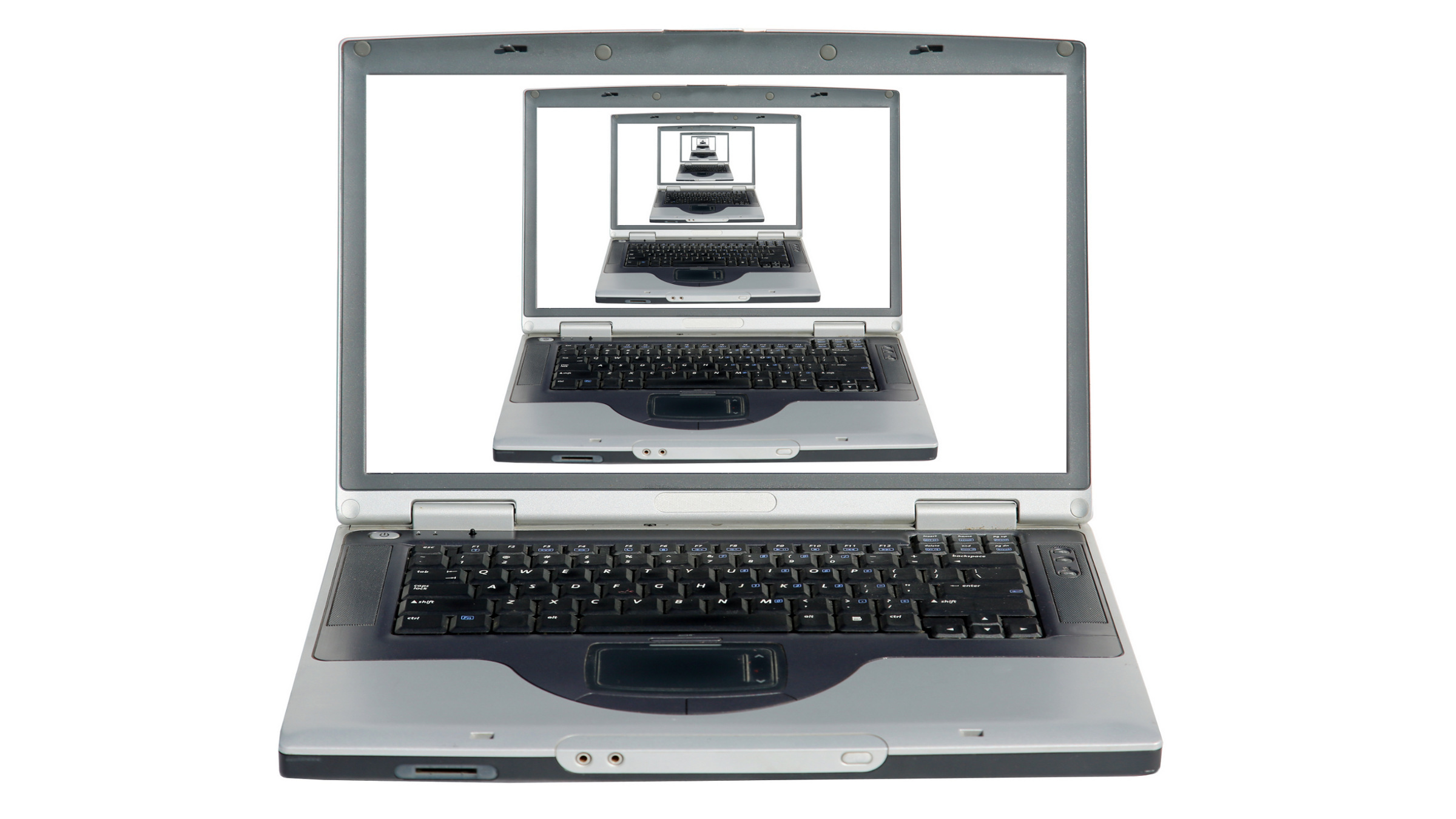What is a wearable? Fair question to ask. With new technology, a few pioneers, some media coverage, and a couple of start-ups, it is an emerging industry ahead of a market trying to define itself.
Are present-day wearables designed from what we see around us? Is an industrial-grade PC lugged around with a belt strap a wearable? Is your watch a wearable? What do you call a wearable? Better yet, what do you want a wearable to be?
Today, it’s possible to have a thumbnail-sized system on a chip with ultra-wideband wireless communications, to access rich content displayed in a 60-degree field-of-view, UXGA image supplied by a MOEMS laser scanner. But with all the distraction, how far would you get before, say, a bus takes you out in the middle of the street?
Now, just for fun, I’ll try to define 2048, or at least a life-style if I have the opportunity to design one for myself. I’ll try not to depend on improvements in air travel, after all, cross-country flights are taking more time door-to-door on average. Lines at the local supermarket are too long, and the daily commute, well, it’s just grim. About the only thing I can define, with any luck, is me.
In 2048, I’ll be 94 years old. With advancements in medicine and a little help from Medicare, my health should be good enough to carry on a limited socially interactive life-style. My past experiences, knowledge, and wisdom are still available to me for sharing and introspective thought. I eat tasty, varied, fresh cuisine, although not as spicy or nutritionally unbalanced as before.
When I meet a friend, neighbor, or I’m blessed with a visit from a relative, there is a sense of relaxed anticipation tempered by the feeling of confidence. There is very little chance of forgetting something of social import, and should the topic of conversation turn to the day’s breaking news, I’m ready, if just a tad unprepared, unread, and generally disinterested in headlines. I still have 45 minutes before my next activity and my attention is focused on that banana peel and the slippery steps ahead.
It’s tough to make predictions, especially about the future.
—Yogi Berra, baseball player
Approaching the house, an old friend has sent me an interesting idea. It required some thought. Seems like a familiar concept and should take the agent an hour to put in perspective. It is as if this computing environment knows me for who I am, and who I want to be. It classifies my behavior and assists me in modifications that fit my own design.
We have the technology today to realize this definition of me in 2048. It exists in a wearable infrastructure made up of technological hybrids and discrete cascading multimodal user interfaces. It is healthy, comfortable, informative, self-navigating, connected, and untethered. But most important, it is fun even for a 94-year-old.





Join the Discussion (0)
Become a Member or Sign In to Post a Comment